African American Women in Boston
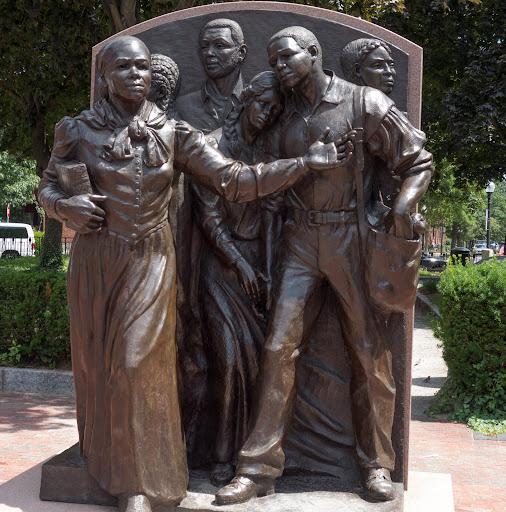
African American Women in Boston
Living in the twenty-first century we as a whole have collectively seen drastic improvements to architectural landscapes. When our world was just becoming civilized, housing was one of the biggest determining factors; because in order to have a civilized community rules were needed and citizens needed to be provided with a place to live. This has ranged from one-bedroom apartments to now full-size houses, condos, and apartment complexes. These are true changes that we needed as a community. This was due to the Housing Act of 1937. This act was a major turning point. The Housing Act was a part of the New Deal era in which the base for finding housing systems was created. This created the emergence of over 160,000 new housing units. The National Housing Act of 1934 also had a major impact on the status of homeownership. This Act was signed on June 27th, 1934 by President Franklin Roosevelt. The act stated to “improve housing conditions, make housing and mortgages more accessible and affordable, and to reduce the Foreclosure rate during the Great Depression.” Both of these attempts at solving the financial housing crisis were plausible but as with any law, these came with a lot of loopholes. Apparently, African Americans were not included in this share of affordable housing and mortgage loans.
The 1900s was a rough time to be an African-American trying to buy a home. With these new laws emerged the issue of redlining. Redlining is essentially when, as previously stated, people are excluded from the opportunity to participate in the buying and ownership of homes. This then led to what we now call - gentrification, which is where African Americans were basically pushed to a specific location within a community so that they could be further away from their white counterparts. And this was allowed to happen because whites took over black communities and forced them to move out and were never given the opportunity to invest in better.
While this housing crisis was going on women had just recently gotten the opportunity to be part of the voting system. This happened on August 18th, 1920, Granted by the 19th Amendment. The fight for women's Equality since then has been a long one and even in today’s world, it is something that still isn’t fully accomplished. This essay will explore women’s road to historical issues and the landscapes that come with that as these are the only traces we have to look back on. And we cannot truly explore what women went through without also understanding what the general body of African-Americans also had to go through.
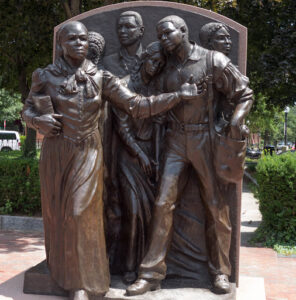
The name of the site is very contrary to what it actually is. This was actually a site that was built instead of a historical site that was already there. Back in the early 20th century a lot of the African Americans in Boston were facing mass discrimination. The women were tired of the constant attacks and degradation that came from the white people. This resulted in a group of 6 women creating this Harriet Tubman site on 37th Holyoke Street which is located in the south end. A friend of Harriet Tubman by the name of Julia Henson Rented this house to African American women in need of housing that were migrating from the south. This later extended to be part of the Federation of South End settlement houses.
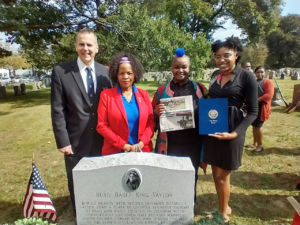
Susie King was born on August 18th, 1848. She was a slave in Georgia until she was about 7 years old. From around 1855 to 1862 Susie was fortunate enough to receive education as she was taught by two African American women - in the secret of course. Susie ended up in Boston because when she got married to her husband Edward King, he died several months before their baby was born. Struggling to make ends meet with being a black educator she went to work as a servant for a family who relocated to Boston. She wrote books about her experiences and what life was like during the civil war which gave her more traction even after her death. Publishing her memoir in 1902 definitely set her apart and gave her an abundant amount of recognition as her monument and writing are still being looked at today.
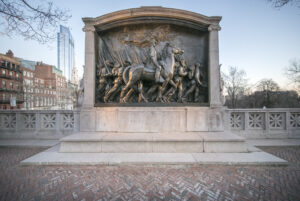
54th Regiment Memorial- This memorial is viewable in Boston Commons and I actually get the opportunity to pass by it as I make my way to work. This monument essentially was created to basically thank all the African American men who joined in on the 54th Regiment group to help fight the Civil War. At first, the recognition was denied because no matter what black people did they could never be accepted. But with further review, it was said that the emancipation Proclamation legally establishes African Americans as people of value and could, therefore, not be sold and traded. The 54th regiment group was created by Governor John Andrew where he gathered men to volunteer and fight on James Island, the Battle of Olustee, and at Honey Hill, South Carolina. Although many unfortunately died, the monument was a way to thank everyone for their services.
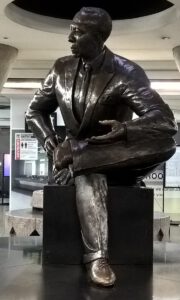
Back Bay is one of the neighborhoods in Boston Massachusetts. Back Bay was created to extend the housing commands the citizens of Boston were fighting for in 1859. But by 1900 Back Bay was built. The landscape of Back Bay is particularly interesting because when it was first created it was an actual Bay so in order to provide substantial housing it needed to be filled which was also done in the 19th century. Back Bay runs from Beacon Street to Boylston Street. The in-betweens are Marlboro Street, Commonwealth Ave, and Newbury Street. Walking through Back Bay is the perfect example of Landscapes within Boston. The majority of the houses and buildings are from 19th-century Urban architecture. These architectures were preserved in their natural state and style and renovated only when needed to be. However, there were also modern buildings in certain areas to also show the Urban emergence that occurred in Boston. If you actually take a trip down Newbury Street you can see that every building was designed to adhere to this 19th-century architectural vibe. The houses were about majority one color and although they were restaurants and stores they were built into this theme. And in certain areas, even the bricks on the floors were given thought. On Commonwealth Avenue stands one of the biggest malls in Boston which extends to Back Bay. The Boston Public Library is also on Back Bay. Another interesting fact is that the Boston Marathon also finishes in Back BayThis just goes to further highlight this balance between the old and the new that contributes to Boston's overall culture and atmosphere. Besides, there are also places where a lot of people go shopping and are very packed due to the juggling of housing, restaurants, and retail stores. Back Bay is also a perfect example of the issue of racialized landscapes. Racialized Landscapes are essential when certain races can only live in specific areas of the neighborhood and this is because the government has essentially pushed them to the curb trying to make space for white people and for they exclude these African Americans. There is a clear divide between Roxbury and Back Bay which is separated by Huntington Avenue although these places are in close proximity when tourists come to visit they do not dare to cross over to Roxbury. In the Prudential area, besides the most expensive hotels and restaurants, there are also luxury condos and rentals. Only after seeing the richness of Back Bay do they ever cross into Roxbury and the difference is drastic. Roxbury also has the nickname Black Boston. This is because all if not most of its history was designed by African American culture. This area was also where notable people like Malcolm X and Dr. Martin Luther King Jr both worked, lived, and indulged in the community. Black Boston is made up of the South End, Ruggles, Lower Roxbury, and Nubian Square.
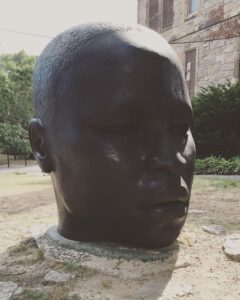
On 46 Joy Street, Beacon Hill Boston, Massachusetts stands the Boston campus Museum of African American History. This Museum was built and opened to the public in 1963 which isn't too long ago. To backtrack a little bit the African-American Meeting House that was nearby was built in 1806. This meeting house was a multi-purpose use as it served as a place for black people to gather when talking about political concerns and culture in the 19th century. And it was also a church and a school. A few years later in 1835, the Abiel Smith School opened which granted those the education in which they were denied. There are exhibits such as “selections from the collection” that contain actual artifacts from the 19th century about how African Americans lived through these times. The four notable exhibits are “separate schools”, “unequal education”, “the times we had”, and “building on a firm foundation''. these exhibits were mostly in the African Meeting House. They perfectly highlight how crucial the meeting house was as it allowed for such life-changing decisions to occur. These African Americans were able to sit down and talk about what they wanted to see for their future, what was working now, and what needed to be majorly fixed. This house also provided a sense of security as discrimination was still a big factor in Boston and in frankly a majority of the world. The meeting house was cherished because it was a place where people alike could come together and talk about their similar experiences and feelings which was something that was not common at that time. So lots of changes happened then and it brought about a lot of collaboration. The museum operates both the Abiel Smith School and the African-American Meeting House due to its partnership with the National Parks of Boston. They both contribute to the exhibits the Museum has to show off. This museum can be found in two places in Massachusetts. The main one is the Boston campus and there is another one in Nantucket On 29 York Street 5 Corners.
Sources:
https://www.battlefields.org/learn/biographies/susie-taylor
https://www.nps.gov/boaf/learn/historyculture/shaw.htm
https://www.maah.org/about
https://bwht.org/south-end-tour/
https://archivesspace.library.northeastern.edu/repositories/2/resources/929